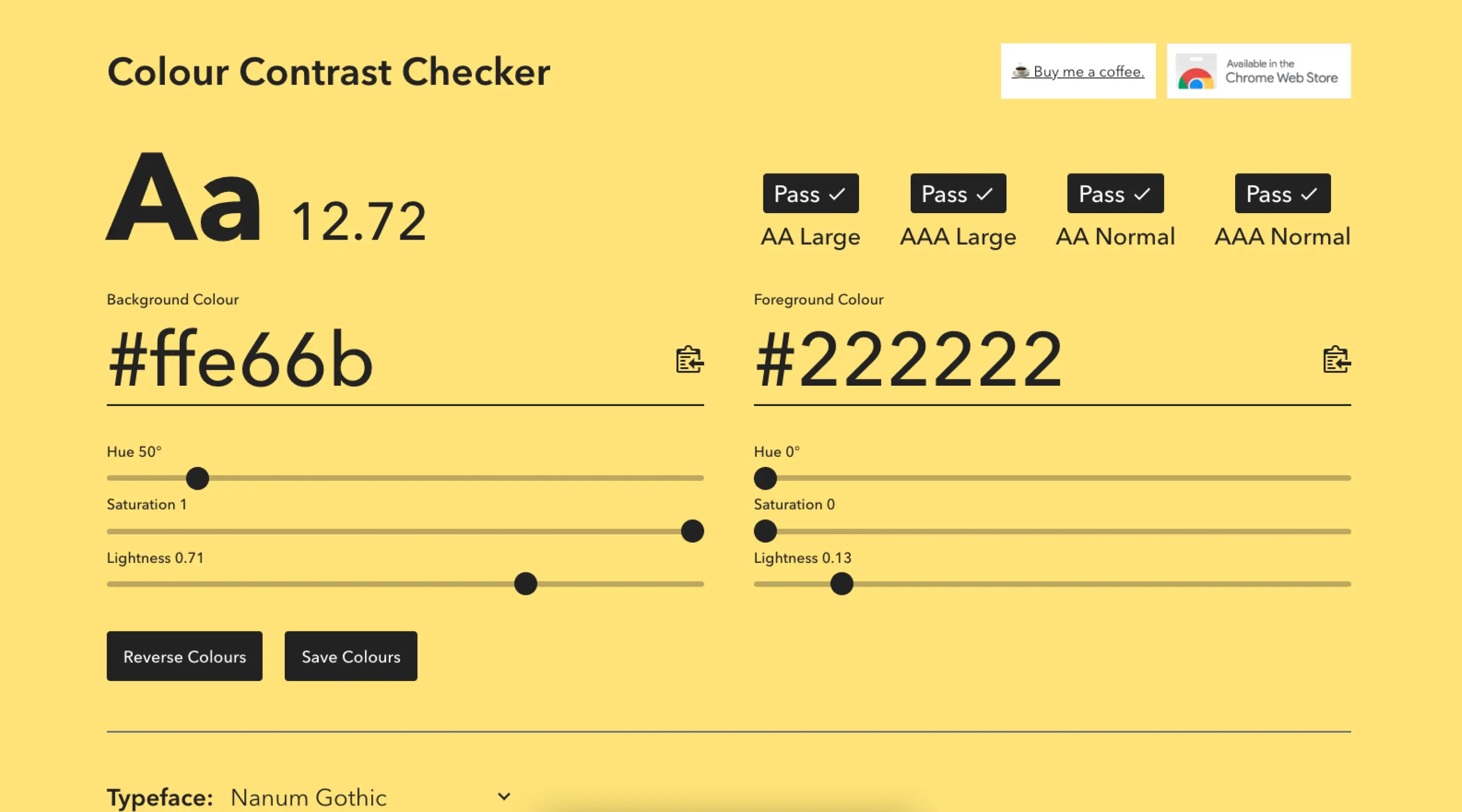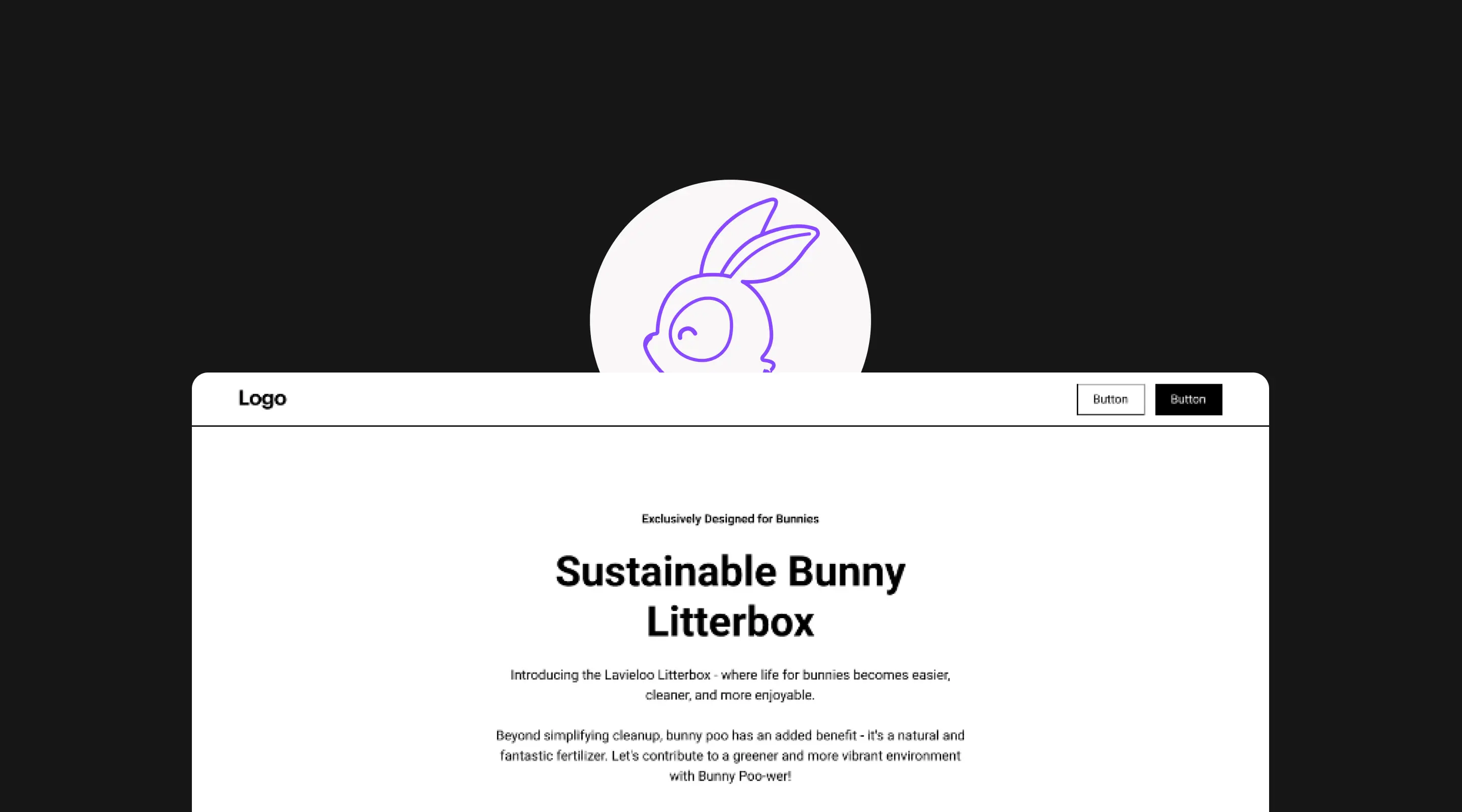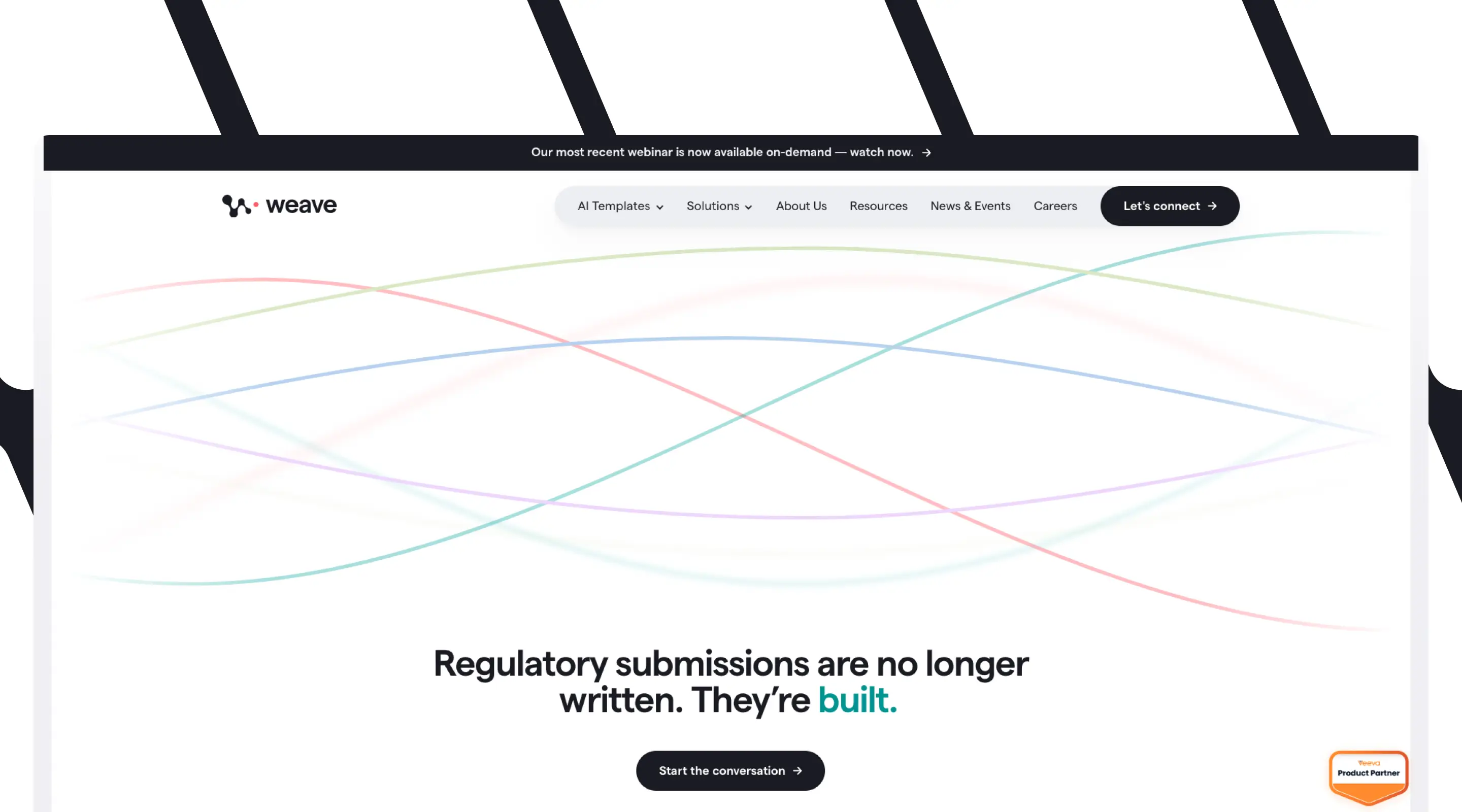Recovering from Burnout: A Web Designer’s Guide to Getting Creative Again
Reignite your passion for web design with rest, balance, and sustainable workflows.

Burnout can sneak up on even the most passionate web designers. When the creative spark fades and every task feels heavy, it’s time to pause—not push through.
Whether you’re freelancing, working in-house, or building websites at a Webflow agency in Singapore, this guide is for you. Instead of looking for more inspiration, let’s focus on something deeper: sustainable creativity, emotional recovery, and realignment with your design purpose.

Understanding Burnout as a Creative Professional
Burnout isn’t just tiredness. It’s a prolonged state of physical, emotional, and mental exhaustion caused by chronic stress. For web designers, it often manifests as:
- Aversion to opening design tools like Figma or Webflow
- Apathy towards feedback or revisions
- Feeling like all your work is "meh"
- Brain fog when trying tomake even small layout decisions
This is your body telling you: “Something needs to change.”
Common Triggers for Burnout in Web Designers
1. Creating Output Without Creative Input
Designers often give creatively but rarely consume inspiration mindfully. When you’re always producing but not refuelling, you burn out.
2. Poor Work-Life Boundaries
Answering Slack at 11pm or revising wireframes on a Sunday isn’t hustle—it’s overextension. Without rest, creative energy dries up.
3. Feedback Overload
Endless revision cycles and unclear stakeholder feedback can mentally exhaust even the most resilient designer.
4. Overcommitment to Deadlines
Especially in Singapore’s fast-paced work culture, we tend to overpromise and under-recover.
Steps to Creatively Recover from Burnout
1. Take a Real Break (Not a Scroll Break)
It’s not enough to pause work and doomscroll TikTok. Step away from screens. Take walks, nap, or go on a short nature trip.
Ideas for a creative detox:
- Explore East Coast Park or Southern Ridges
- Attend a pottery class
- Visit the National Gllery Singapore (leave your phone behind)
2. Design Without Expectations
Remove the pressure of "portfolio-worthy" work. Open Figma and just doodle. Try:
- Abstract layouts
- Typography posters
- Web layouts with absurd colour schemes
You’re not designing to impress — you're designing to play.
3. Switch to Low-Stimulus Creative Modes
Instead of watching Behance or Dribbble, try analogue creation:
- Sketch with pen and paper
- Create collages
- Use sticky notes for layout planning
These tactile processes restore a sense of flow
4. Set Micro-Constraints to Reduce Decision Fatigue
Choice paralysis is a hidden creativity killer. Try limiting yourself:
- Only black and white designs
- Only one typeface family
- 30-minute design sprints
Creativity often thrives in constraint.
5. Work With Your Energy, Not Against It
Are you more alert in the morning? Do your creative tasks then. Use low-energy periods for admin, emails, or inspiration-hunting.
Apps like Toggl Track or Motion help visualise energy peaks across your workday.
6. Practice Creative Journaling
Each morning or evening, write a few lines:
- What part of design drained me today?
- What small moment felt satisfying?
- What is one design idea I'd explore if no one was watching?
This reflection turns burnout into insight.
Sustainable Habits for Long-Term Creative Health
Schedule “White Space” in Your Calendar
Treat unstructured time as sacred. It’s where your subconscious processes ideas.
Create a “No-Design Zone” in Your Week
One full day each week where you don’t touch design tools. Fill it with life, not just rest.
Build Creative Routines, Not Bursts
Set consistent design practice, e.g., 30 minutes of exploration before client work each day.
Say “No” With Confidence
Not every project needs your genius. Turn down work that drains you, even if the budget looks tempting.
Frequently Asked Questions (FAQ)
Can burnout go away on its own?
Not usually. Ignoring burnout tends to make it worse. Recovery requires intention.
How do I know if I need a break or a new job?
If even small wins no longer feel satisfying, and rest doesn’t restore joy, you might need a role shift or new creative environment.
What should I tell clients if I need time off?
Be honest but professional. Try: “To maintain creative quality, I’m taking a short break to recharge. I’ll resume work on [date].”
How can I prevent burnout from happening again?
Build routines that honour your limits. Take rest as seriously as you take delivery.
Final Thoughts: Creativity Needs Care, Too
Your creativity isn’t a machine — it’s a living process. Like all living things, it needs rest, variety, and compassion.
Burnout doesn’t make you a bad designer. It makes you human.
If you’re looking for a UX/UI design partner in Singapore who understands the balance between creativity and sustainability, ALF Design Group is here to collaborate, not overextend.
{{build-better-experience="/directory"}}
Related Articles

5 Websites that I Follow As A Designer
As a designer, I follow these 5 absolutely resourceful websites to design better

Website Design Case Study: Lavieloo
With a plan in mind to get signups for their Kickstarter campaign. We created a marketing landing page to give the brand an extra boost in the internet world.

Visually Stunning Websites Built in Webflow
Take a look at these impressive and visually stunning websites built in Webflow for the world to enjoy in 2024.
Launch Your Next Website.
Schedule a call with us if you think that we can help you. The least we can do is to give you good advice.

